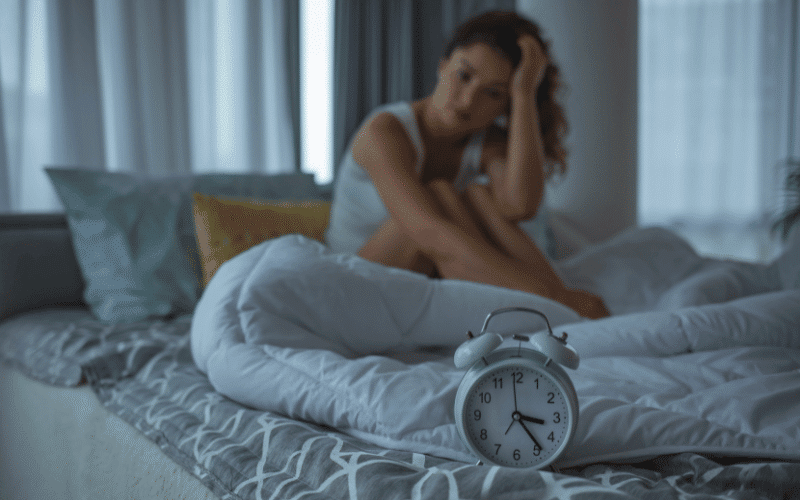Frequently Asked Questions About Sleep Behavior Disorder (RBD) Symptoms

1. Can RBD symptoms be managed?
Yes, with appropriate professional intervention and a structured management plan, RBD symptoms can be effectively managed. The plan may include medication, lifestyle modifications, and creating a safe sleep environment.
2. Are all dream-enacting behaviors indicative of RBD?
No, occasional dream-enacting behaviors may occur in the general population as well. They may become a cause of concern if they are frequent, disruptive, and accompanied by other symptoms of RBD.
3. Is RBD a rare disorder?
RBD is not a common sleep disorder. However, its prevalence is likely underestimated due to underdiagnosis. RBD is more prevalent in older adults and men.
4. Can RBD lead to other health conditions?
Research suggests a link between RBD and neurodegenerative diseases like Parkinson’s disease and dementia. However, not everyone with RBD will develop these conditions.
5. Can stress trigger RBD symptoms?
While the exact cause of RBD is unknown, stress and certain medications may exacerbate the symptoms. However, more research is needed to establish these links.
Conclusion: Understanding RBD
To conclude, REM Sleep Behavior Disorder, a condition characterized by vivid dreams and active dream enactment, can significantly disrupt an individual’s sleep and overall quality of life. We’ve walked through the ten key symptoms, each reflecting a unique facet of the disorder. From physical movements during dreams to complex behaviors, aggressive actions, and physiological changes – these symptoms paint a picture of a disorder that transcends the boundary between the dream world and reality.
This exploration into the world of RBD emphasizes not only the multifaceted nature of this disorder but also the importance of early recognition and intervention. By understanding and identifying these symptoms, we can pave the way for appropriate diagnostic procedures and therapeutic interventions. As we enhance our knowledge about RBD and its manifestations, we can contribute to improving the sleep health and well-being of individuals affected by this condition. After all, the pursuit of restful, peaceful sleep is a universal one, and every stride in that direction brings us closer to the dream of sound sleep.